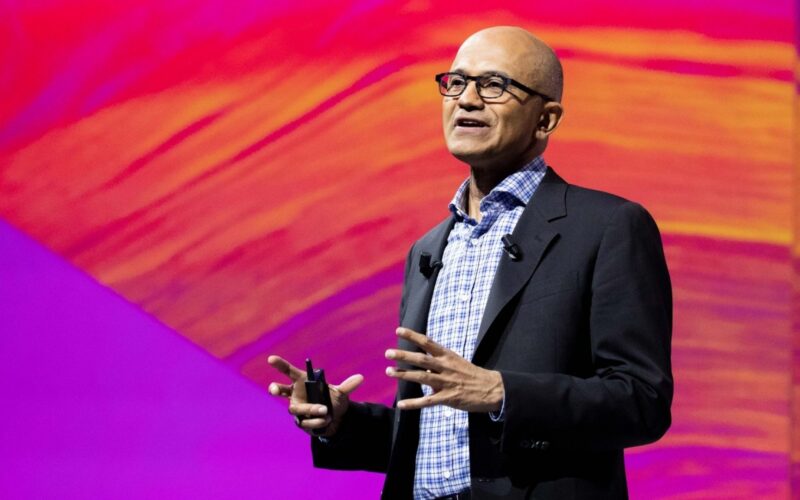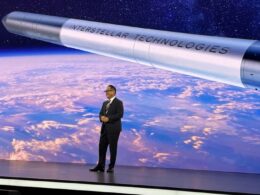Microsoft has started 2025 with another round of layoffs, this time targeting underperforming employees across multiple divisions, including its security unit. These layoffs, though smaller in scale compared to previous workforce reductions, underscore the company’s ongoing focus on performance management and resource allocation.
A Microsoft spokesperson confirmed the move, stating, “At Microsoft, we focus on high-performance talent. We are always working on helping people learn and grow. When people are not performing, we take appropriate action.” The cuts are expected to affect less than 1% of Microsoft’s global workforce of 228,000 employees (The Register).
Layoffs Amid a Broader Strategy
This latest workforce adjustment follows a trend seen throughout the tech industry, where companies are seeking to optimize operations in response to economic uncertainties and shifting market conditions. While the layoffs represent a fraction of Microsoft’s workforce, they come on the heels of significant cuts in 2023 and 2024, which impacted high-profile divisions such as Xbox and Azure.
The broader context reflects a recalibration across Big Tech. Companies like Google, Amazon, and Meta have also undertaken workforce reductions to enhance efficiency, often citing economic pressures and a renewed focus on core business areas. Microsoft’s actions align with this industry-wide trend, signaling an emphasis on maintaining agility while pursuing growth (Economic Times).
Investment in AI and Cloud Services
Despite the layoffs, Microsoft continues to double down on its strategic investments, particularly in artificial intelligence (AI) and cloud services. The company has invested over $13 billion into OpenAI, the creator of ChatGPT, to integrate advanced AI capabilities into its Azure cloud platform. Microsoft Chief Financial Officer Amy Hood indicated that Azure’s AI-driven services are expected to deliver accelerated revenue growth in early 2025, offsetting some of the pressures felt in other business areas (Tech Startups).
Microsoft’s workforce adjustments also reflect the changing nature of its priorities. As the company pushes forward with advancements in generative AI and cloud computing, it is reallocating resources to areas that promise long-term growth and profitability.
Industry Implications
The wave of layoffs across the tech sector highlights the challenges facing even the most established companies. While Microsoft remains financially robust, its focus on workforce optimization signals a more cautious approach amid economic uncertainties. By balancing cost-cutting measures with investments in transformative technologies, the company is positioning itself to lead in an increasingly competitive and AI-driven landscape.
As these changes unfold, Microsoft’s strategy underscores the tension between adapting to current economic conditions and preparing for the future. With continued investment in AI and a commitment to maintaining a lean and high-performing workforce, the company aims to sustain its leadership in the tech industry.
Image (Inc.com)








